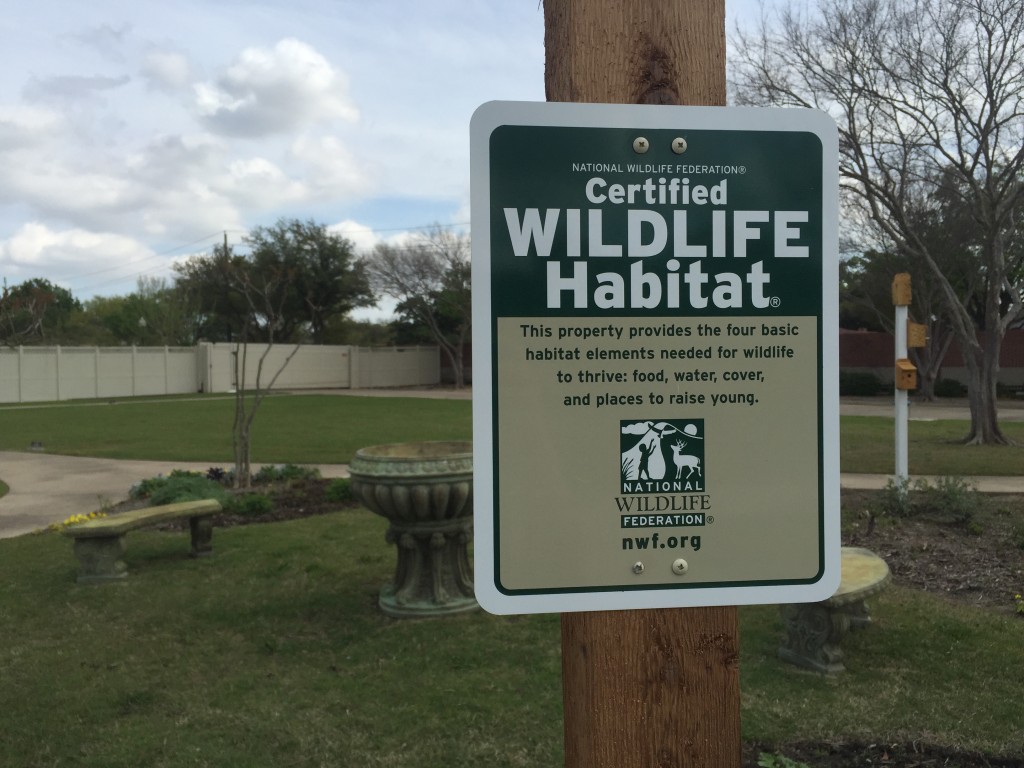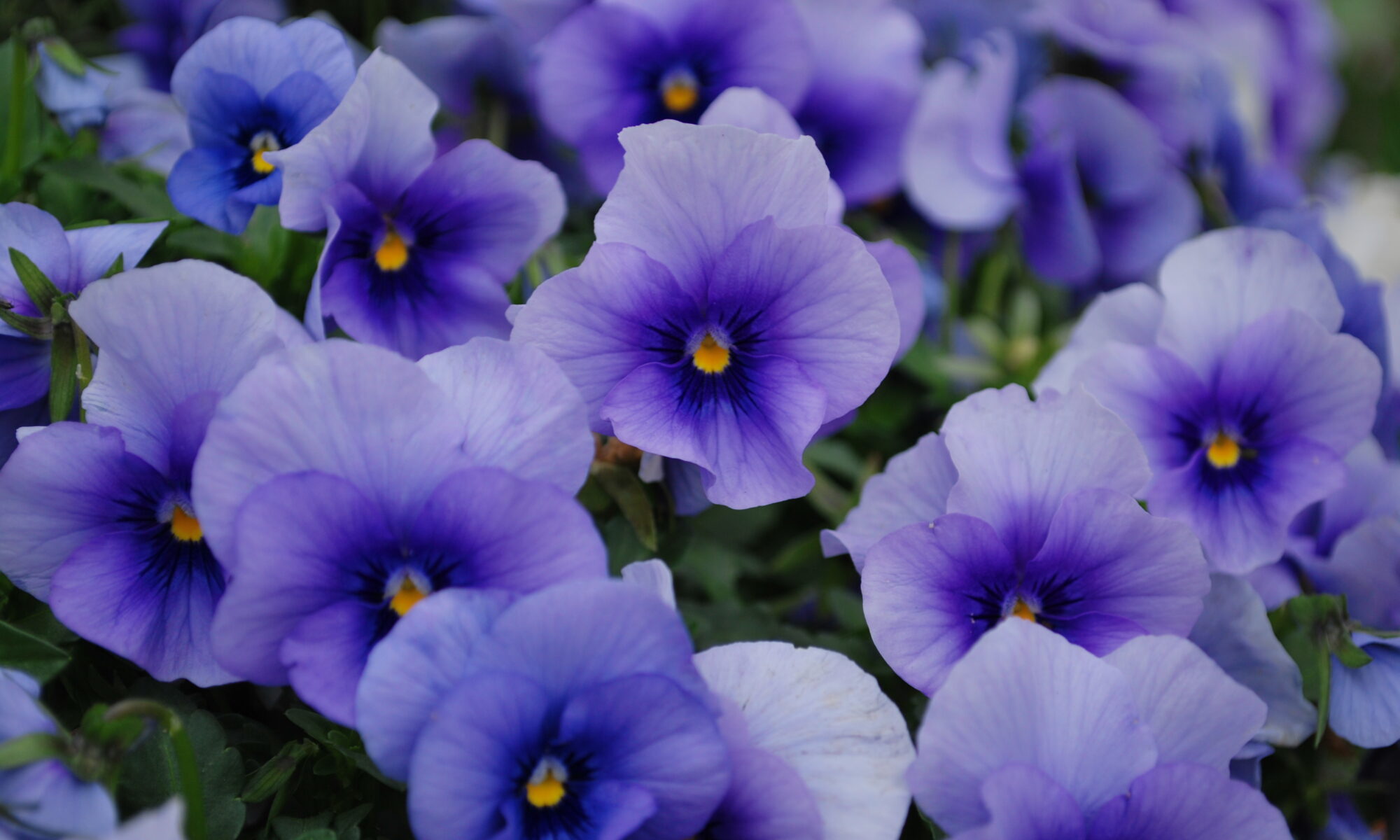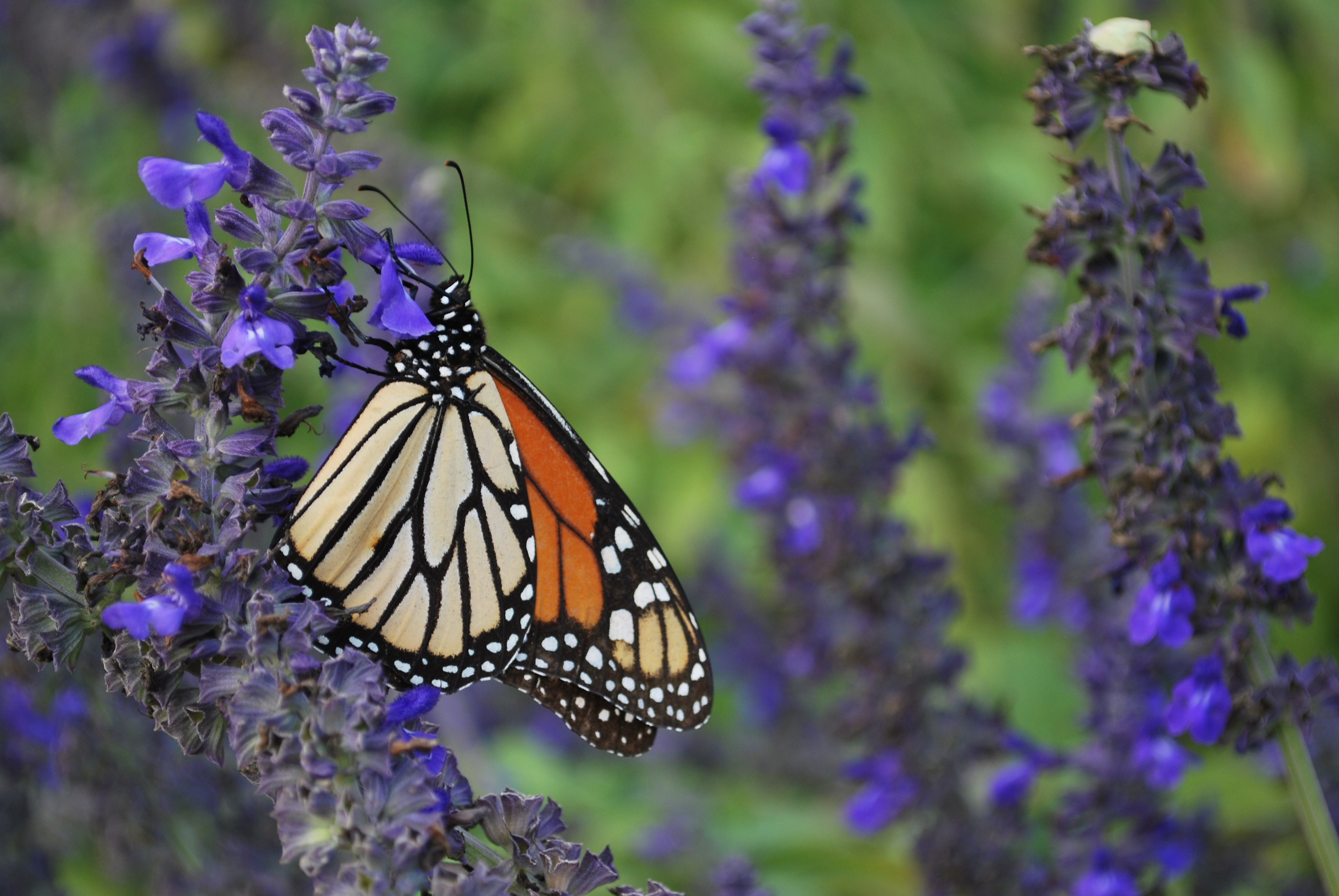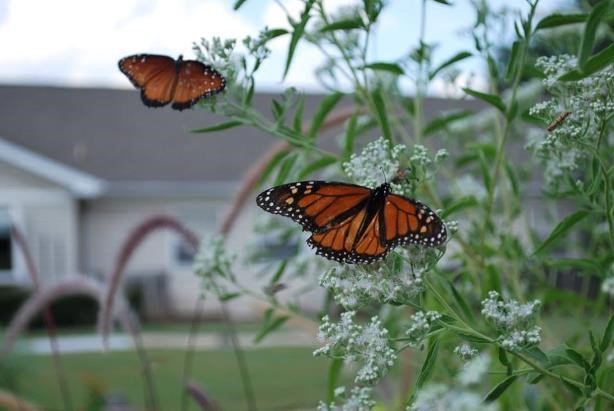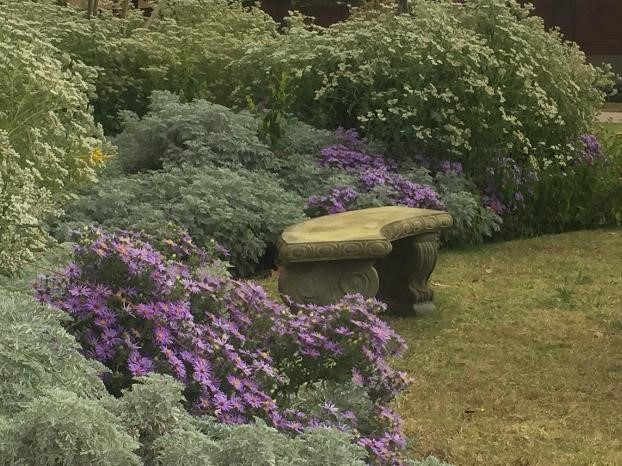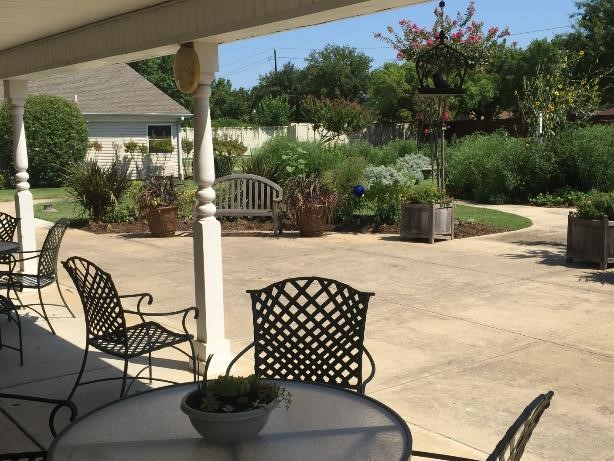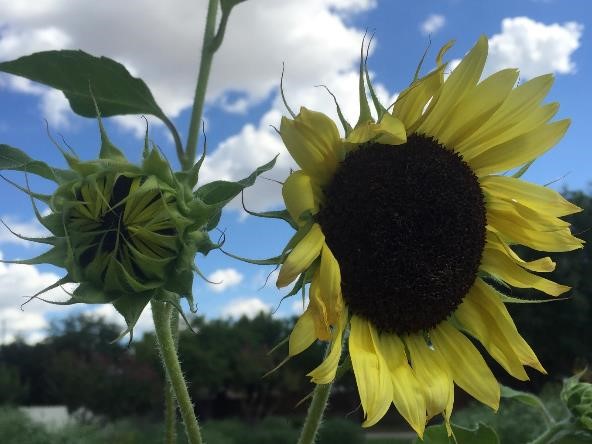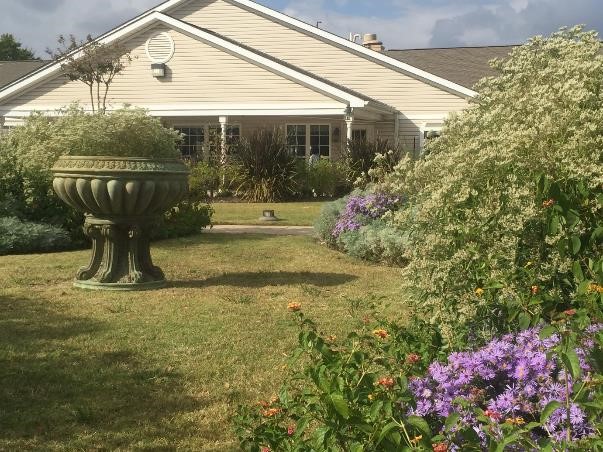Creating a Wildlife Friendly Habitat
In 2015, I wrote about an initiative in which President Obama proposed a “pollinator highway” that extends along Interstate 35. The I-35 corridor runs north to south from Minnesota through Texas and follows the monarch butterfly migration route. I-35 runs right through the Dallas-Fort Worth area, and every fall it is an amazing spectacle to see the monarchs feeding on nectar plants as they travel through on their way to Mexico for the winter. (Check out the monarch migration routes in North America on the map found here. Read more about pollinators here.) This highway would be planted with milkweed and other pollinator friendly plants that would make for easy “rest stops” for butterflies (and other pollinators too!) to eat and rest along their journey. (Read more about the pollinator highway proposal here.)
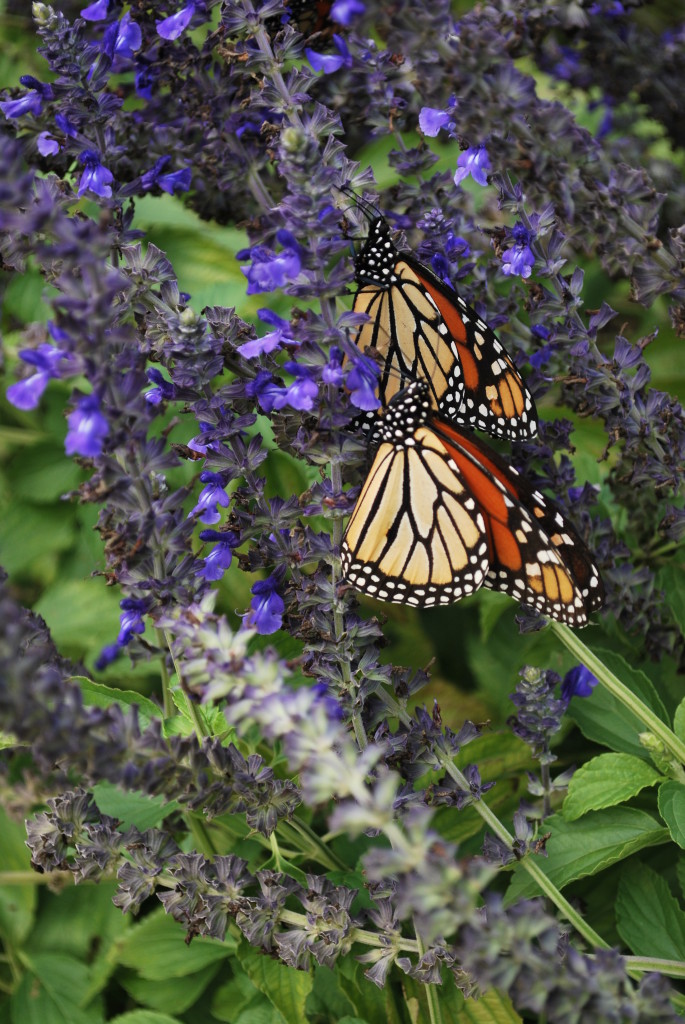
Fast forward to late 2015, the National Wildlife Federation sponsored an initiative called the Mayors’ Monarch Pledge, which is “a national campaign asking mayors to commit their cities to a series of specific actions to make their urban habitat friendlier to the declining monarch butterfly and other wildlife” (Argueta, 2015). Several mayors in the Dallas-Fort Worth area signed this pledge, along with mayors from communities around the country. (Read more about the pledge here.)
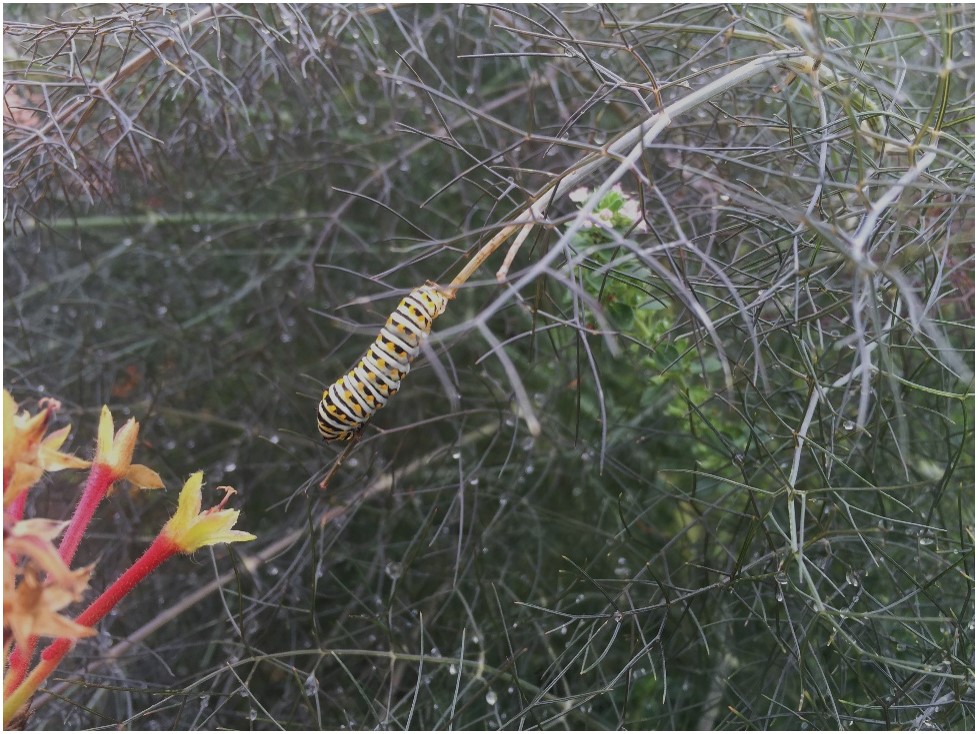
In therapeutic horticulture programs, teach clients about pollinators and other wildlife. In learning their stories, these can become great lessons on shifting focus from the self to the broader world and recognizing that we are all citizens of the world, even bees, hummingbirds, and bats. A client might also be able to compare his or her own experiences in dealing with personal challenges when learning about the plight of certain pollinators, who themselves face various challenges like threatened habitats. The story of the trek that the monarchs make during their migration can be a metaphor for the hero’s journey – overcoming the odds and experiencing transformation through struggle.
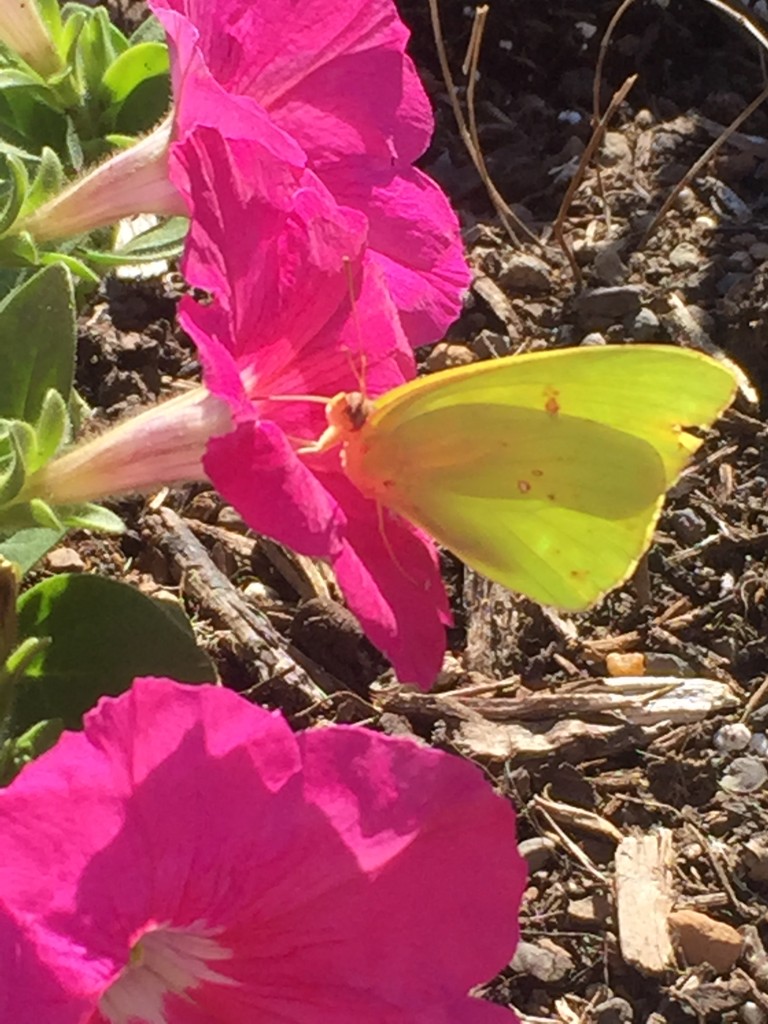
One way to introduce this concept is to join the Million Pollinator Garden Challenge and cultivate a wildlife friendly garden as part of your program…then get your garden certified as a wildlife habitat through the National Wildlife Federation. A wildlife friendly garden incorporates food and water sources for various types of wildlife, options for shelter and places to raise their young, and sustainable gardening practices. In order to meet the requirements of NWF’s wildlife habitat program, refer to their website for more details.
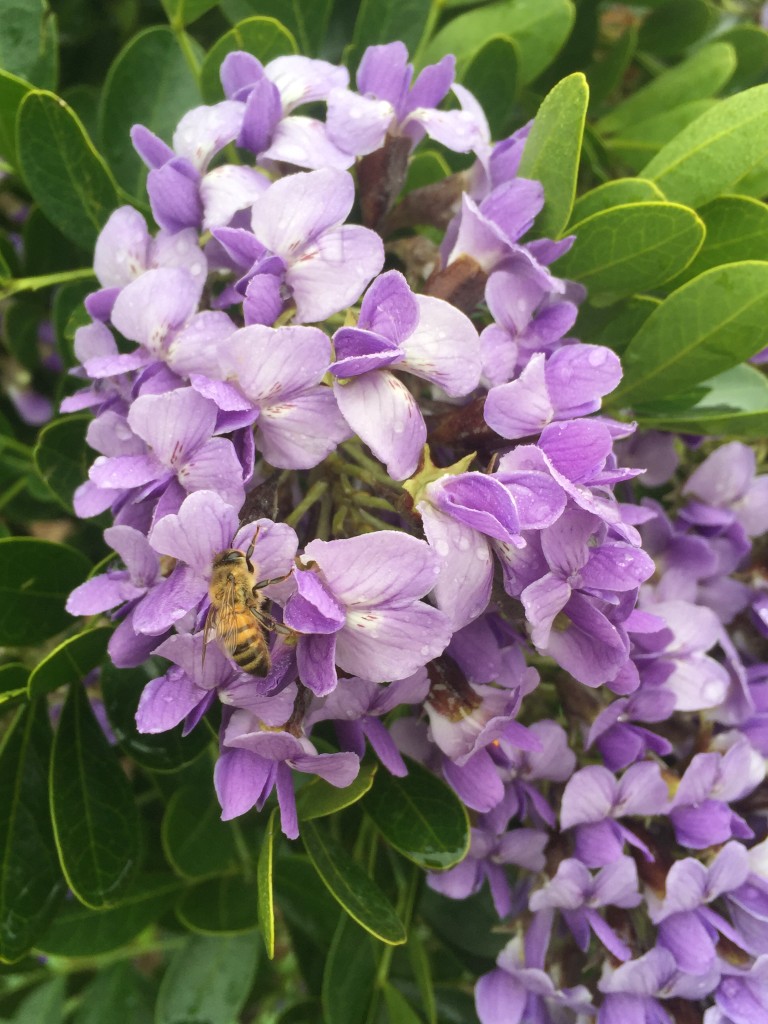
During National Horticultural Therapy Week this week, the staff, clients, and volunteers at Arden Courts of Richardson in Texas held a ceremony to honor the recent NWF wildlife habitat distinction of their gardens, which include raised beds, containers, and in-ground planting beds. This distinction was earned as the result of many people’s hard work, sweat, and plenty of dirt under our fingernails. The gardens contain a variety of sensory stimulating herbs and other plants that are pollinator friendly and drought and heat tolerant, birdhouses, birdbaths, among other garden features. Check out some photos of our garden spaces.